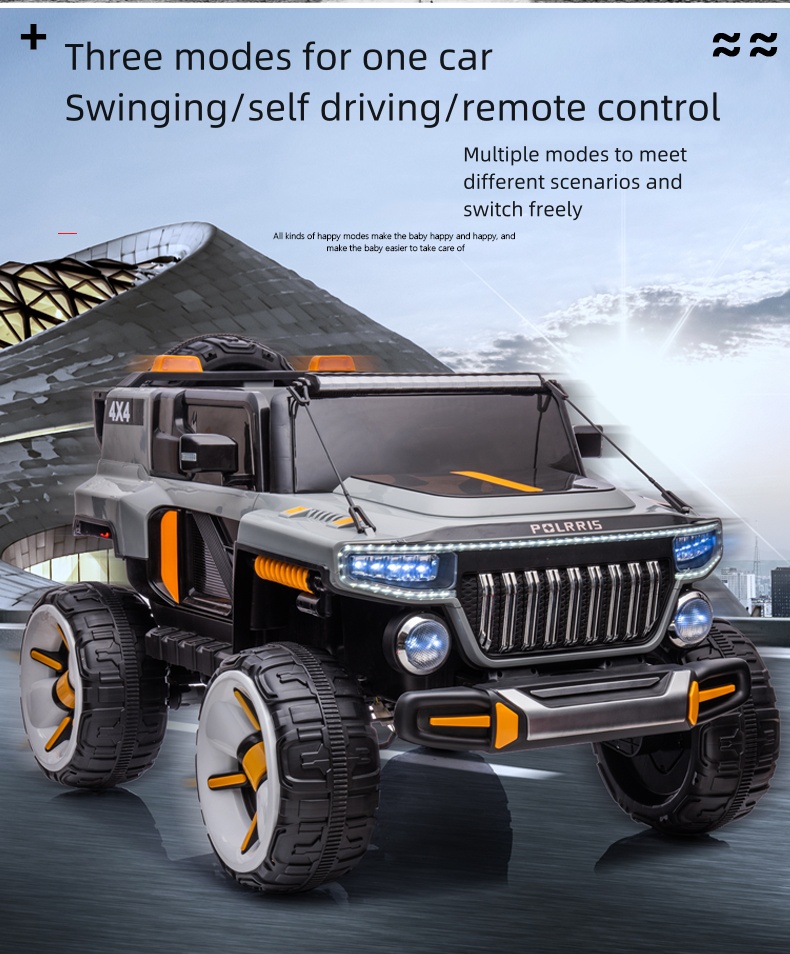Oct . 19, 2024 23:37 Back to list
disc brake drum brake
Understanding Disc Brakes and Drum Brakes A Comprehensive Comparison
When it comes to vehicle braking systems, two fundamental types come into play disc brakes and drum brakes. Each system has its unique design and operational principles, making them suitable for different applications and driving behaviors. Understanding these differences is vital for both vehicle manufacturers and owners, as they directly influence performance, safety, and maintenance.
The Basics of Disc Brakes
Disc brakes are a system characterized by their use of a circular disc, or rotor, that is attached to the wheel hub. When the driver presses the brake pedal, hydraulic force is applied to brake pads, which then clamp down on the rotor, generating friction that slows the vehicle down. This design has several advantages
1. Cooling Efficiency Disc brakes are better at dissipating heat due to their exposed design. This allows for more consistent stopping power, especially during prolonged use, such as in mountainous terrains or during aggressive driving.
2. Faster Response The design of disc brakes typically results in a quicker response time, making them preferable for high-performance vehicles and those used in racing where immediate stopping power is crucial.
3. Less Fade When brakes overheat, they can experience “brake fade” – a reduction in stopping power. Disc brakes are less susceptible to this issue, ensuring better performance in demanding conditions.
4. Easier Maintenance Although both systems require periodic inspection and maintenance, disc brakes are generally easier to service. The open nature of the rotor makes it simpler to replace brake pads and inspect components.
The Basics of Drum Brakes
In contrast, drum brakes utilize a cylindrical drum connected to the wheel. When the brake pedal is engaged, hydraulic brake shoes press outward against the inside surface of the drum, creating friction. Despite being an older technology, drum brakes have their unique advantages
disc brake drum brake

1. Cost-Effectiveness Drum brakes are typically less expensive to manufacture and install, making them a common choice for budget vehicles and older models.
2. Self-Boosting Action Because of the way they operate, drum brakes can have a self-boosting action, where the design helps increase the force applied, enhancing stopping power, particularly at lower speeds.
3. Durability in Certain Conditions Drum brakes can be more effective in preventing water ingress compared to disc brakes. This can be an advantage in regions with heavy rain or in vehicles designed for off-road conditions.
4. Compact Design Drum brakes occupy less space behind the wheel, allowing for more flexibility in vehicle design and the potential for larger wheels.
Performance Comparison
When comparing the performance of disc and drum brakes, it becomes clear why many high-performance and modern vehicles predominantly use disc brakes. Disc systems offer superior heat dissipation, quicker response times, and reduced brake fade, making them ideal for varied driving conditions.
However, drum brakes are not to be dismissed entirely. They can still be found in many vehicles, particularly in rear applications where braking demands are lower. Their cost efficiency and robust performance in certain conditions ensure they remain relevant, especially in budget-friendly and utility vehicles.
Conclusion
In conclusion, both disc brakes and drum brakes possess unique features suited to different needs and preferences. While disc brakes dominate the performance segment due to their efficiency and consistent performance under duress, drum brakes continue to provide a reliable and cost-effective solution for various applications. Vehicle manufacturers often consider these factors when designing braking systems, aiming to provide the best balance of performance, safety, and cost for their target markets. For vehicle owners, understanding these systems can aid in making informed decisions about vehicle maintenance, upgrades, and the overall driving experience.
-
ROR Web Development: Build Fast, Scalable, Secure Apps
NewsAug.17,2025
-
Scania Brake Drums: OEM Quality for Optimal Safety & Durability
NewsAug.16,2025
-
R.V.I: Advanced Remote Visual Inspection for Precision
NewsAug.15,2025
-
Discover HYUNDA: Innovative Vehicles, Equipment & Solutions
NewsAug.14,2025
-
R.V.I: Unlock Advanced Insights & Real-time Performance
NewsAug.13,2025
-
Kamaz Brake Drum: Durable & Reliable for Heavy Duty Trucks
NewsAug.12,2025
